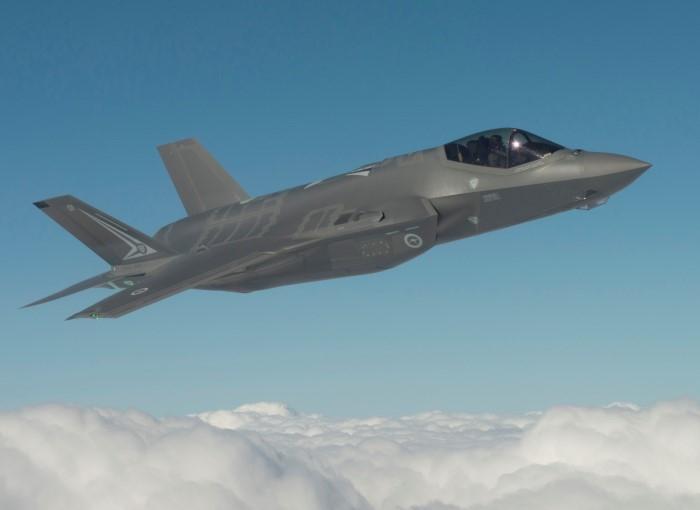
MONTREAL – We will remember that on Sunday, September the 20th, 2015, the 50th day of the campaign, Justin Trudeau, leader of the Liberal Party of Canada and then candidate for Prime Minister of Canada finally ruled on the 77 old CF replacement file -18 Hornet RCAF.
Surrounded by Liberal supporters, Mr. Trudeau during a partisan meeting at the Canadian Museum of Immigration at Pier 21 located at the Halifax Harbour in Nova Scotia declared unequivocally failing valid arguments: ‘We Will not buy the F-35 fighter jet ‘.
He proposed replacing the McDonnell Douglas CF-18 Hornet entered service in 1983 by aircraft according to him ‘more affordable than the Lockheed Martin F-35 Lightning II’ without identifying them.
At the same time, the Liberal MP of the riding of Papineau proposed to launch an ‘Open and Transparent Competition’ which excludes the F-35.
But time has passed. Justin Trudeau’s party won the October the 19th general elections with a majority of seats and became Prime Minister.
Two months later, his Defense Minister, Harjit Sajjan, in a telephone interview from Erbil in northern Iraq, seems to derogate from Justin Trudeau election promise reiterated the night of the victory by Dominic Leblanc, Liberal MP of Beauséjour New Brunswick riding and now Parliamentary Secretary to the Minister of Defence.
Mr Sajjan said, that the government will hold an ‘Open process for replacing the Royal Canadian Air Force’s aging CF-18s, while not ruling the Lockheed Martin F-35 out of any future competition’.
This declaration is light years ahead of what Justin Trudeau said during the campaign where he did not hesitate to promise to voters of Nova Scotia and more widely, the Maritimes where major Canadian shipyards are located that the money saved by eliminating the F-35 would be invested in the renewal of the Royal Canadian Navy ships.
The new Minister of Defence somewhat caught himself and added that ‘My focus is about replacing our CF-18, and we’re going through a proper process to make safe-have we the right requirements so we-have the right capability, not only for our country for how we aim relates to NORAD (North American Aerospace Defense Command) and our Commitments to NATO ‘. This is far away from the reason given by Justin Trudeau to justify its rejection of the F-35. For the latter, the main mission of the sucessor of the CF-18 would be the defense of North American airspace making the need of stealth and sophisticated combat aircraft like the F-35 unnecessary.
Yet the federal Liberals has accustomed us to this kind of electioneering maneuver.
While Canada is dragging its feet on the issue of the renewal of its CF-18, all delivered between 1983 and 1988, the F-35 program is gaining momentum elsewhere.
Thus in 2015, the US Marine Corps declared operational its F-35B on July the 31st, the first Italy-assembled F-35 made its roll-out on December the 3rd, the assembly of the first F-35 in Japan begun on December the 15th while Israel estimated at more than 5 billion US dollars the amount of economic benefits from the F-35 for its aerospace and defence industries.
At the end of the year, already 126 F-35s are operational and 493 are expected to be in late 2019.
Finally, Lockheed Martin has achieved in 2015 its production goals with the delivery of a total of 45 aircraft:
29 F-35A to the US Air Force
8 F-35B to the US Marine Corps
8 F-35C to the US Navy
2 F-35A to the Luftforsvaret (Royal Norwegian Air Force)
1 F-35A to the Aeronautica Militare (Italian Air Force).
Diplômé universitaire en histoire, journalisme et relations publiques, en 1993, Philippe Cauchi amorce une carrière de journalisme, analyste et consultant en aérospatiale. En 2013, il fonde avec Daniel Bordeleau, le site d’information aérospatial Info Aéro Québec.
Commentaires